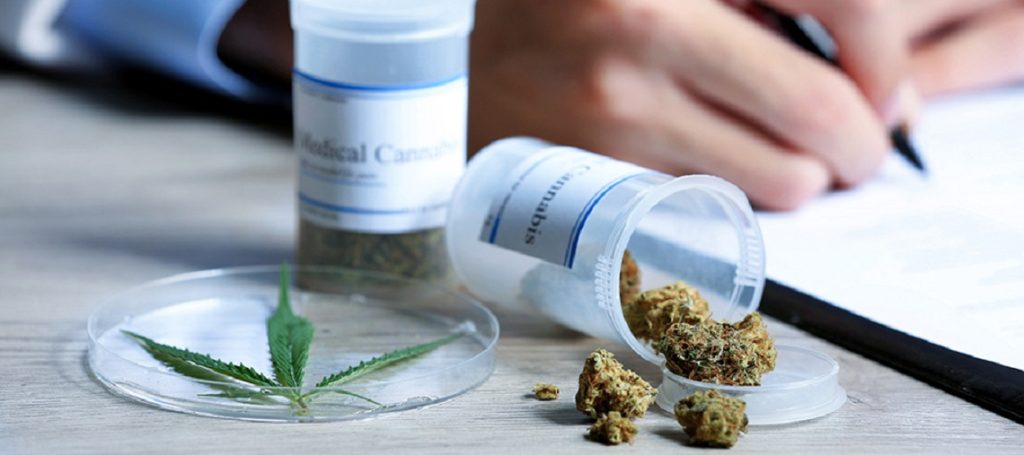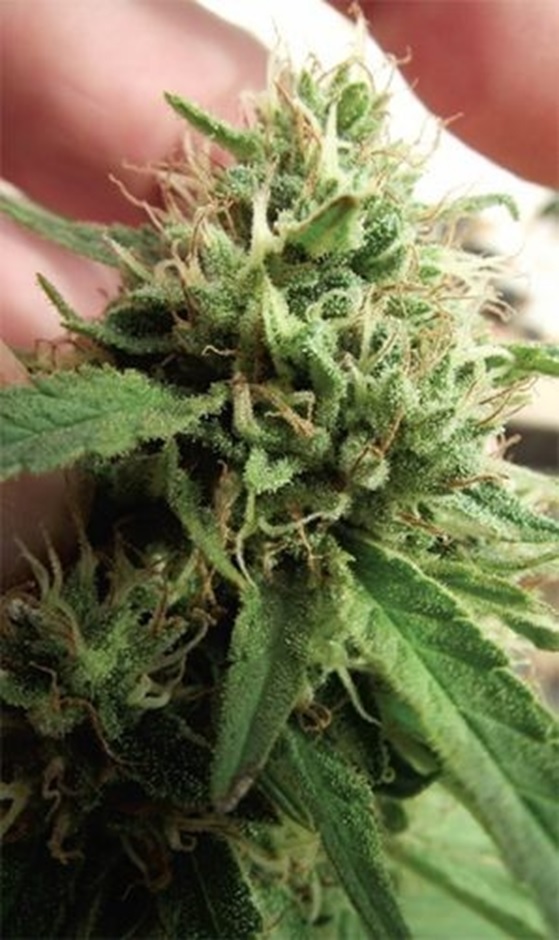
The main types of medical cannabis.
The two main cannabis strains used for medical cannabis are the cannabis indica and cannabis sativa subspecies, which owing to their cannabinoid profiles both differ in their medicinal properties. Cannabis strains are available across the entire spectrum, from pure cannabis sativas to pure cannabis indicas and combinations which are known as hybrids. The resulting hybrid strains will grow and develop medicinal properties relative to the dominant genetics they inherit; for example, cannabis Indica strains have more chlorophyll than cannabis sativa, and so grow and mature faster. Furthermore, cannabis Indica-dominant plants can have a CBD/THC ratio four to five times that of cannabis sativa-dominant hybrids. Auto-flowering plants containing cannabis rural genetics are fine for medical use; just choose either an Indica- or Sativa-dominant hybrid depending on your particular needs. The effects of cannabis sativa are well known for inducing a THC cerebral high, hence they tend to be used medicinally during the daytime. As the effects of cannabis indicas are predominantly physical and sedative, they are best used for non-active times of the day, being particularly beneficial when used before sleeping. To determine the best strain for your condition it is important to understand the different effects of these two subspecies:
The Indica cannabis variety relieves stress
Cannabis indica-dominant strains tend to have a more sedative effect
on the user and help to relieve stress and aid relaxation. These plants are recommended for pain relief when vaporized, and for cancer treatment in the form of oil extraction. They can also help moderate nausea, stimulate the appetite, and reduce intraocular pressure. Most medical cannabis emanates from cannabis indica hybrids. A few examples of these hybrid strains include OG Kush, Master Kush, Purple Kush, White Rhino, Blueberry, Grapefruit, Lemon Skunk, and Northern Lights. Predominantly cannabis Indica strains are recommended for treating anxiety, cancer, chronic pain, insomnia, muscle spasms, and tremors, and for their effectiveness in appetite stimulation, increase in dopamine production, nausea reduction, and soothing action.

Cannabis Sativa variety energizes.
Cannabis sativa-dominant strains are more energizing, enhance a feeling of well-being and stimulate the neurotransmitter serotonin, a chemical that helps relay signals from one area of the brain to another. Of the approximately 40 million brain cells we have, most are influenced either directly or indirectly by serotonin, which also acts on the central nervous system and, amongst other things, is responsible for mood and appetite regulation. Consumption of pure cannabis sativa strains can often induce paranoia attacks and irregular heartbeat, so hybrids also containing cannabis indica are preferred for medicinal use. These hybrids are helpful for the antidepressant properties they possess, without inducing the paranoia associated with purebred cannabis sativa. Still, they rarely have any pain-blocking attributes, so cannabis indices are preferred for use as analgesics.
The high THC content
The high THC content of many cannabis sativa hybrids is useful in treating any conditions where CBD content is not so useful, such as glaucoma and multiple sclerosis. Common cannabis sativa-dominant hybrids include Haze, Kali Mist, Jack Herer, Willy Nelson, and Cheese. Cannabis sativa-dominant strains are recommended for use in treating depression, chronic fatigue syndrome, loss of appetite, cancer, migraines, and nausea and as a daytime medication.